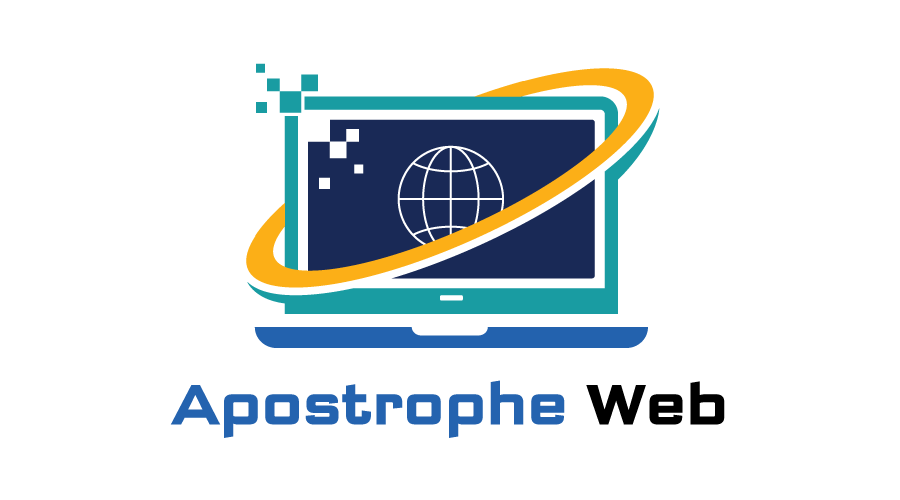The modern world treats data like a vast constellation scattered across a dark sky. Humans once stood beneath this sky with simple telescopes, sketching patterns and naming clusters. Today, new instruments have emerged and they do not wait for humans to look up. These instruments are autonomous systems that read the stars on their own, draw new maps and sometimes even correct the astronomers. This shift has brought a remarkable question into the spotlight. As AI systems grow more capable, can they evolve into autonomous data scientists and replace the analysts who once held the compass?
The Analyst as a Navigator of Currents
A traditional analyst is less like a statistician and more like a sailor reading unpredictable waters. They watch how currents swirl, how winds shift and how storms form. Insights are discovered by feeling the pulse of patterns, not by memorising equations. This human navigation has shaped businesses for years and continues to guide strategic decisions in every industry.
Learning paths such as the data science course in Nagpur have long nurtured these navigators, teaching them to sense patterns before the storm arrives. Yet as AI begins to chart routes on its own, the sailor’s role faces a profound transformation.
When AI Becomes the Silent Cartographer
AI operates like a silent cartographer who never tires, never blinks and never stops redrawing the map. It scans oceans of information at speeds no human could match. It evaluates relationships, anticipates unusual events and arranges layers of meaning with astonishing precision.
These systems construct their maps without emotional bias or fatigue. They do not worry about intuition being wrong or a late-night decision clouding judgment. Their advantage lies in relentless consistency, something human analysts cannot replicate. But even as the cartographer improves its craft, it cannot decide which coastlines matter or which routes will shift the future of a business. That choice still belongs to humans.
The Illusion of Replacement
The rise of autonomous systems has led many to imagine a world where analysts disappear. Yet this belief overlooks the heart of analytical work. True insight is not extracted from numbers alone. It is interpreted, questioned and placed into real human contexts.
AI can identify an unusual spike in customer behaviour, but it cannot explain how cultural sentiment, festival cycles or unexpected social shifts influenced it. Analysts understand these layers because they experience them. They recognise nuances that no algorithm can feel. Autonomous systems extend analytical capability, but they cannot replace the thinking patterns shaped by experience, empathy and judgment.
Collaboration as the New Frontier
The future of analysis looks less like a competition and more like a partnership. Humans will set the direction and AI will accelerate the journey. Analysts will spend less time cleaning data and more time exploring ideas, testing scenarios and designing strategies.
As businesses adopt this collaborative approach, the profession evolves. New skills arise. Analysts will increasingly guide AI systems, evaluate their outcomes and refine their understanding of complex environments. In this emerging landscape, choosing learning paths like the data science course in Nagpur helps professionals prepare for a future where humans and AI share the same compass.
The Analyst’s Evolving Identity
The identity of the analyst is shifting from being a generator of reports to becoming a curator of meaning. They will not merely understand data. They will interpret the stories told by AI, validate them and weave them into decisions that influence companies, governments and communities.
This identity cannot be automated. It is built on human experience, contextual intelligence and the ability to communicate clearly. While AI can summarise information, it cannot inspire confidence, persuade leaders or champion ideas during uncertain times. Analysts thrive in ambiguity. AI follows written rules.
Conclusion
The rise of autonomous data scientists is not the end of the analyst. It is the beginning of a more powerful age of collaboration. AI systems will continue to draw maps, reveal hidden routes and detect unseen storms. But humans will remain the explorers who choose the path, understand the journey and lead others across the sea of uncertainty.
Rather than being replaced, analysts are becoming more strategic, more creative and more essential than ever. The era ahead belongs to those who can harness AI as a partner, not fear it as a threat.

